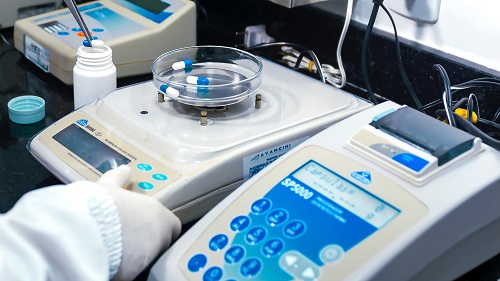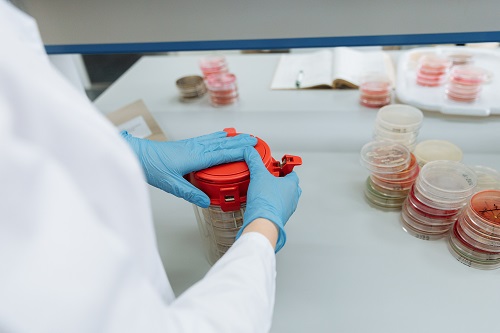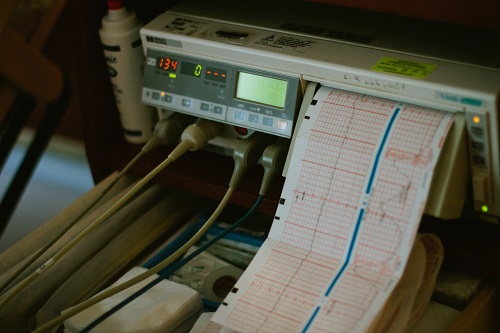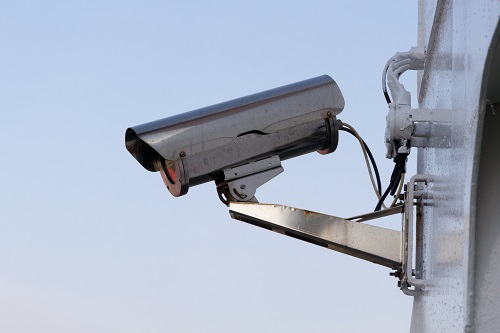Top Regulatory Updates in 2022: New Documents, Regulatory Scandals, and Useful Information
2022 was quite the year. While the pandemic slowly fizzled, medical device companies and medical writers enjoyed new guidelines and regulations, first-row seats to the biggest recall in FDA history, and a bunch of odd decisions made by regulatory agencies.
Today we are looking at the biggest stories and most important regulatory updates of 2022. Forgot something? Let us know in the comments!
MDCG Guidance Documents

The Medical Device Coordination Group (MDCG) updates its guidance documents continuously, and it is not surprising that we got several updates in 2022.
MDCG 2022-5 Guidance on borderline between medical devices and medicinal products under Regulation (EU) 2017/745 on medical devices

In April 2022, the MDCG issued its guidance on borderline products. Products that are borderline fall under either the European Medical Device Regulation (MDR; 2017/745) or the Directive 2011/83/EC on the Community code relating to medicinal products for human use (MDP). Most products are regulated either under the MDR or the MDP. Still, for those medical devices that incorporate a substance or medicinal product as an integral part, cross-references between the regulations occur.
The guidance document provides examples and further explanations of the regulatory process of these products to support a uniform application of the MDR across the European Union.
MDCG 2019-9-Rev.1 Summary of safety and clinical performance
In March 2022, the MDCG issued guidance for the presentation, content, and validation of the safety and clinical performance summary (SSCP) for implantable and Class III devices (not custom-made or investigational).
The guidance document described the general requirements and recommendations for the summary of safety and clinical performance, as well as the validation and upload processes required.
Lastly, the guidance document goes through each of the required sections of the SSCP documents, giving examples and indications for each section.
MDCG guidance on IVDS (In vitro diagnostic medical devices)
The implementation of the IVDR, 2017/746 In Vitro Diagnostic Medical Device Regulation started its run in May 2022. As a consequence, the MDCG issued many guidance documents for IVDs, among them
- MDCG 2022-3 Verification of manufactured Class D IVDs by notified bodies,
- MDCG 2022-9 Summary of safety and performance templates, and
- MDCG 2022-2 Guidance on general principles of clinical evidence for In Vitro Diagnostic medical devices (IVDs).

The most useful guidance document is arguably
The document addresses the classification of IVDs and clarifies the rules presented in Annex VIII. The classification rules are dissected one by one, and examples are given for each category. This guidance document is indispensable for any medical device manufacturer or writer working with IVDs.
Phillips Respironics Recalls
In June 2021, Philips Respironics recalled several of their ventilators, BiPAP, and CPAP machines due to the foam inside the device and patients potentially inhaling or swallowing it. Obviously, this can cause serious injury and require medical intervention in the patient.
Due to the seriousness of the recall, the FDA has implemented regulatory orders not used in decades to hold Philips accountable. A consent decree is under negotiation between the FDA and Philips, but now lawsuits are lining up from patients who have developed severe respiratory injuries from using the devices.

On top of that, Philips Respironics has known since 2015 that their respiratory devices have problems with foam inside the machines. Still, it wasn’t until 2021 that they issued recalls due to cancer suspicions. As a result, Philips’s market shares are down 70%, and recently 4,000 workers were let go to offset losses.
The regulatory and medical device industries will be watching closely to see how Philips and the FDA handle such a large recall in 2023.
Blue guide on the implementation of the product rules 2022/C 247/01
In July 2021, Regulation (EU) 2019/1020 on market surveillance and product compliance, issued by the European Parliament and Council, came into force. The regulation forms the core of European market surveillance law and will grant market surveillance authorities additional powers and strengthen the exchange of information between competent authorities. Furthermore, it seeks to uniformly and efficiently implement and enforce EU product rules to increase compliance and decrease risks related to products with CE marking on the EU market.

A new market surveillance regulation has prompted the European Commission to update its Blue Guide on the Implementation of the Product Rules 2022/C 247/01, issued June 29, 2022. This has led to some notable changes to the Blue Guide, including new definitions, additional guidance on economic operators and their responsibilities, and the inclusion of Regulation (EU) 2019/1020 on market surveillance and compliance.
In light of the fact that most of the information contained in the new market surveillance regulation and the updated Blue Guide has already been included and expanded on in the MDR and IVDR, the two documents provide little additional information for compliance and market surveillance of medical devices and IVDs.
EU MDR forcing medical device manufacturers to retire products from the EU market
Compliance is expensive and time-consuming. Despite two delays in the implementation of the EU MDR, medical device manufacturers are struggling under the weight of the new regulation.
Several medical device manufacturers have been forced to withdraw their products from the market because compliance costs are too high. Some companies are looking at more than USD 1.5 million in costs to perform clinical evaluations and prepare applications for their medical devices.
This is especially the case for medical devices used on rare and pediatric occasions, as these devices do not have sufficient sales to cover the cost of MDR compliance.
Is the cost of the MDR too high? And will it hinder innovation in the medical device industry? Many would say yes.

2022 was an eventful year for most industries. The medical device industry is a living, breathing thing that is staring into the technological innovations of the 2020s and trying to keep up with the ever-changing technological landscape. As a result, 2023 might well be the year we start to really see the effects of AI and machine learning on the industry and the regulatory ramifications that will inevitably follow.
